A)
B)
C)
D)
Correct Answer

verified
Correct Answer
verified
Multiple Choice
Identify the intervals where the function is changing as requested.
-Increasing

A)
B)
C)
D)
Correct Answer

verified
Correct Answer
verified
Multiple Choice
Begin by graphing the standard square root function f(x) . Then use transformations of this graph to graph the given function.
-
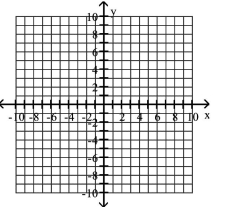
A) ![]()
B) ![]()
C) ![]()
D) ![]()
Correct Answer

verified
Correct Answer
verified
Multiple Choice
Give the domain and range of the relation. -
A) domain range
B) domain range
C) domain ; range
D) domain range
Correct Answer

verified
Correct Answer
verified
Multiple Choice
Determine which two functions are inverses of each other. -
A) and
B) and
C) and
D) None
Correct Answer

verified
Correct Answer
verified
Multiple Choice
Use the graph of f to draw the graph of its inverse function.
-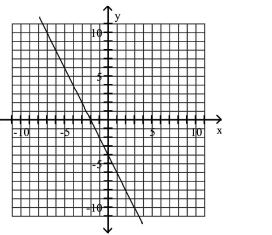
A) ![]()
B) ![]()
Correct Answer

verified
Correct Answer
verified
Multiple Choice
Use the graph of f to draw the graph of its inverse function.
-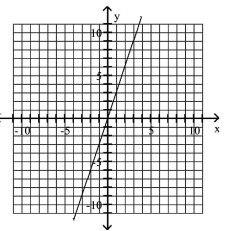
A) ![]()
B) ![]()
Correct Answer

verified
Correct Answer
verified
Multiple Choice
Use the vertical line test to determine whether or not the graph is a graph in which y is a function of x.
-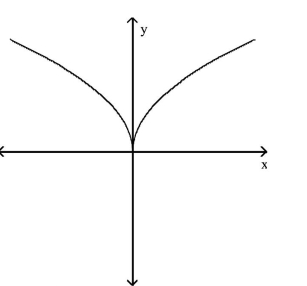
A) function
B) not a function
Correct Answer

verified
Correct Answer
verified
Multiple Choice
Write the standard form of the equation of the circle with the given center and radius. -
A)
B)
C)
D)
Correct Answer

verified
Correct Answer
verified
Multiple Choice
Use the vertical line test to determine whether or not the graph is a graph in which y is a function of x.
-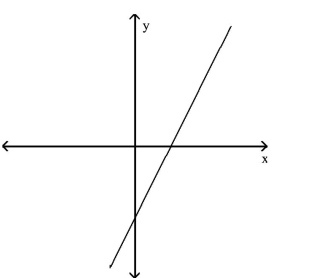
A) function
B) not a function
Correct Answer

verified
Correct Answer
verified
Multiple Choice
Determine whether the equation defines y as a function of x. -
A) is a function of
B) is not a function of
Correct Answer

verified
Correct Answer
verified
Multiple Choice
Does the graph represent a function that has an inverse function?
-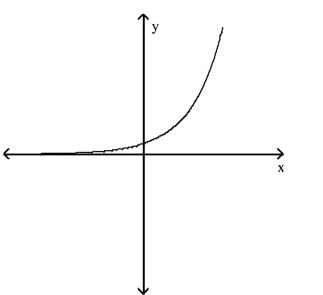
A) Yes
B) No
Correct Answer

verified
Correct Answer
verified
Multiple Choice
Find an equation for the line with the given properties. -Passing through and parallel to the line whose equation is ; point-slope form
A)
B)
C)
D)
Correct Answer

verified
Correct Answer
verified
Multiple Choice
Find the average rate of change of the function from - from to
A)
B)
C)
D)
Correct Answer

verified
Correct Answer
verified
Multiple Choice
Graph the given functions on the same rectangular coordinate system. Describe how the graph of g is related to the
graph of f.
-
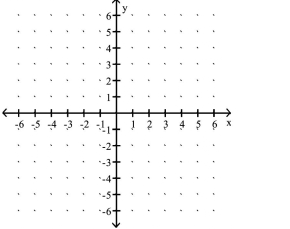
A) g shifts the graph of vertically down 4 units![]()
B) shifts the graph of vertically down 4 units![]()
C) g shifts the graph of f vertically up 4 units![]()
D) g shifts the graph of vertically up 4 units![]()
Correct Answer

verified
Correct Answer
verified
Multiple Choice
Find the domain of the composite function f∘g. -
A) or
B) or
C) or or
D)
Correct Answer

verified
Correct Answer
verified
Multiple Choice
Begin by graphing the standard quadratic function f(x) . Then use transformations of this graph to graph the
given function.
-
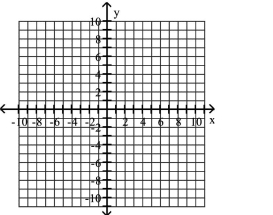
A) ![]()
B) ![]()
C) ![]()
D) ![]()
Correct Answer

verified
Correct Answer
verified
Multiple Choice
Determine which two functions are inverses of each other. -
A) and h(x)
B) and
C) and
D) None
Correct Answer

verified
Correct Answer
verified
Multiple Choice
Determine whether the equation defines y as a function of x. -
A) is a function of
B) is not a function of
Correct Answer

verified
Correct Answer
verified
Multiple Choice
Find the domain of the composite function f∘g. -
A)
B)
C) or
D)
Correct Answer

verified
Correct Answer
verified
Showing 121 - 140 of 359
Related Exams